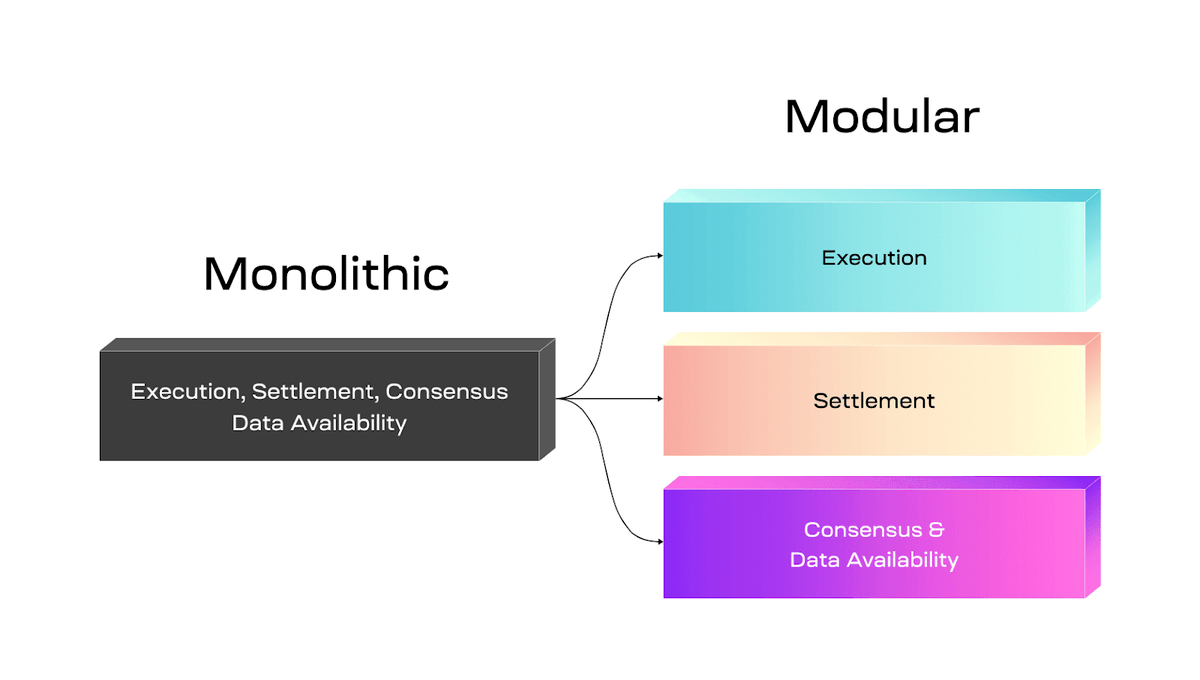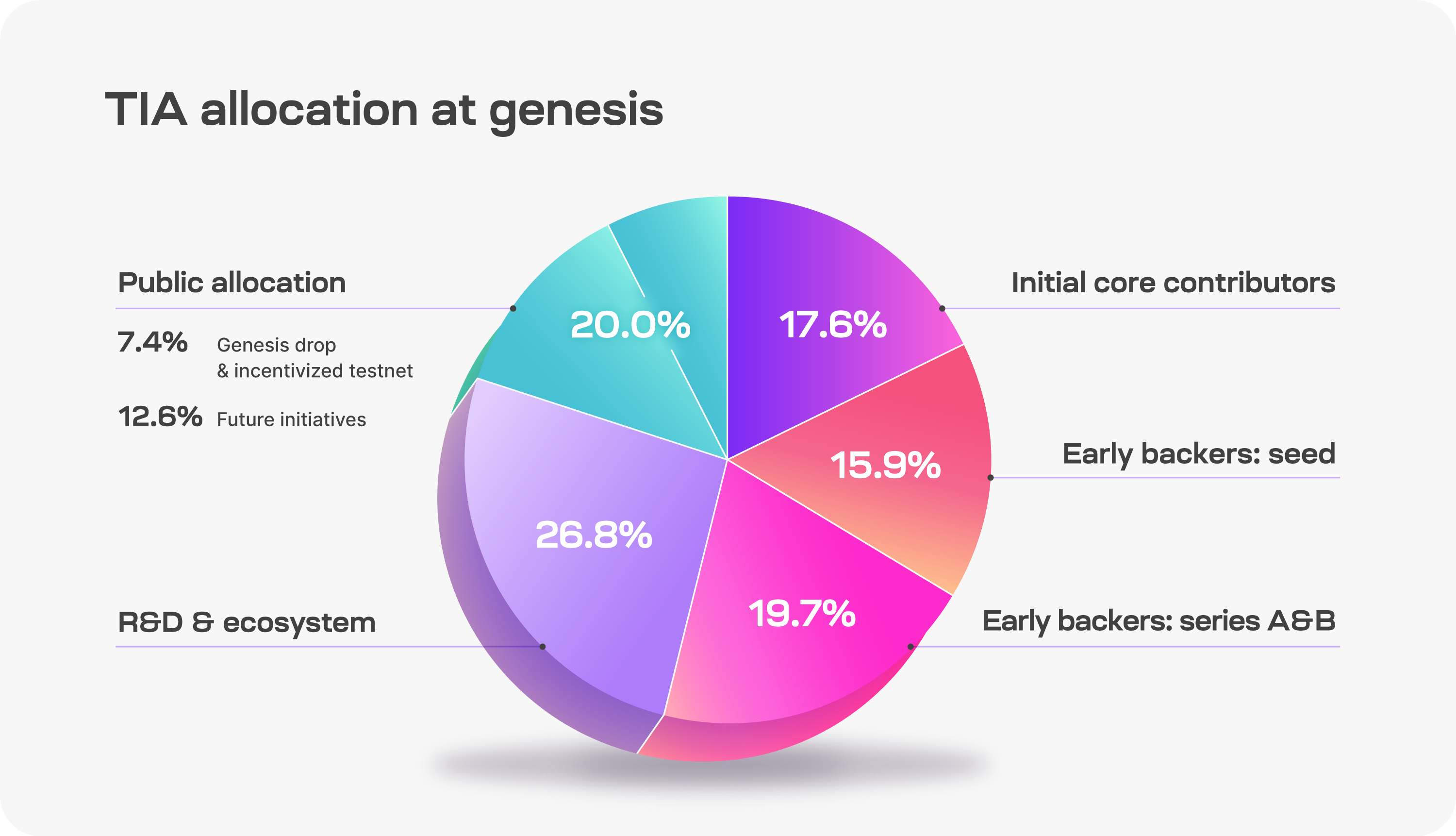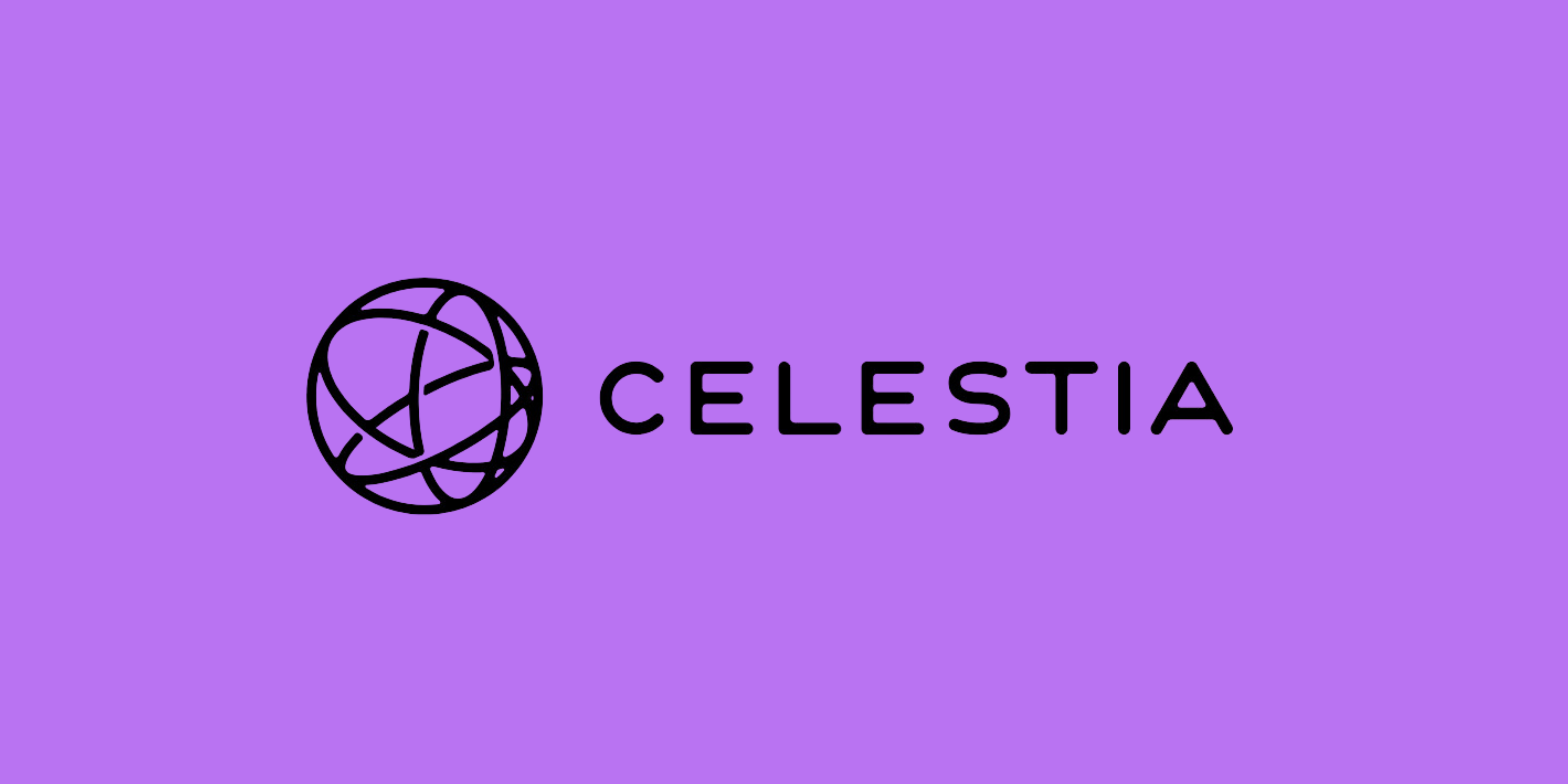Executive Summary

Celestia stands as the inaugural data availability blockchain network. It leverages a modular blockchain architecture, separating data availability from transaction execution to overcome the scalability limitations of conventional blockchains. As a fundamental data availability and consensus layer, Celestia enables secure transaction broadcasting and allows nodes to validate data without maintaining an entire ledger. This modular approach significantly improves performance and scalability while streamlining and expediting the creation of new blockchains and decentralized applications.
About the Project

Vision – To scale the blockchain network by providing a Data availability solution.
Problem – Monolithic blockchain networks require nodes to maintain all data, including transactions and history. Each node must store vast amounts of data, and to improve efficiency, nodes often rely on more hardware, which may not be accessible to everyone. With hardware upgrades, the network’s speed can be maintained.
Solution – Celestia offers a solution by offloading the task of data availability. Celestia offers a robust blockchain platform, enabling secure transaction broadcasting and allowing nodes to validate data without the burden of maintaining an entire ledger. This modular design improves performance and scalability while simplifying and expediting the development of new blockchains and decentralized applications. This approach ensures that transaction data remains accessible and verifiable by anyone.
Features
- Modularity: Celestia’s core innovation is its modular architecture, which allows it to scale efficiently by distributing responsibilities across different layers of the blockchain stack.
- Data Availability Sampling (DAS): Celestia introduces a method enabling light nodes to verify block data availability without downloading entire blocks. By partitioning data into namespaces and using NMTs, Celestia allows applications to download only relevant data, enhancing efficiency and reducing unnecessary data processing.
- Security: Technologies like DAS and fraud/validity proofs ensure that light nodes achieve a level of security comparable to full nodes but with lower resource requirements. This is crucial for maintaining data integrity and trust in the system.
- Scalability through Light Nodes: The system’s design allows for increased data handling capacity with the addition of light nodes, enhancing robustness and scalability as the network expands.
- Interoperability: Celestia’s modular structure and use of NMTs create a flexible environment for various applications, including rollups, to operate on a shared data availability layer.
- Proof of Stake for Data Availability: Celestia employs a PoS consensus mechanism tailored to its data availability needs, ensuring energy efficiency and lowering the barrier to entry for validators.
Market Analysis
Blockchain technology has experienced remarkable growth since its inception, with the market currently valued at $2.6 trillion and optimistic projections indicating continued expansion. Modular blockchains represent the future of this technology, offering unparalleled scalability, flexibility, and efficiency. Unlike monolithic blockchains, where all functions are integrated into a single layer, modular blockchains separate vital components such as data availability, consensus, and execution into distinct layers. This separation allows each layer to specialize and optimize its performance without being constrained by the others. Consequently, modular blockchains are poised to play a significant role in the future of blockchain technology.
Competitors – Celestia pioneered the Data Availability (DA) Layer, paving the way for other market players to emerge. Among these, Avail, a DA layer spun off by Polygon Labs, has been gaining traction. EigenDA, which leverages the EigenLayer restaking primitives to ensure a secure and scalable infrastructure for data availability, is another notable entrant. Additionally, the NEAR Foundation has introduced the NEAR Data Availability (NEAR DA) layer, further expanding the ecosystem of DA solutions.
Traction
Celestia facilitates modular chains and rollups by providing a consensus and data availability platform. Rollups and Layer-2 solutions utilize Celestia to publish and make transaction data accessible for widespread download. Various projects increasingly support and integrate the platform, underscoring its pivotal role in the blockchain ecosystem. Notable partnerships on their website include Arbitrum, Osmosis, Neutron, and Polyhedral.
Celestia also boasts a robust community, with nearly 400,000 followers on X and over 150,000 members on Discord. These substantial numbers reflect a solid and engaged user base. The project’s significant growth and adoption have resulted in a fully diluted valuation (FDV) of $5.6 billion, establishing it as a leader in data availability.
Tokenomics

$TIA is the native token of Celestia, facilitating several essential functions. Developers pay for data availability by submitting PayForBlobs transactions on Celestia, incurring fees in $TIA. To launch new blockchains, developers can use $TIA as a gas token and currency, similar to ETH on Ethereum-based rollups, eliminating the need to issue a new token. Celestia uses proof-of-stake for consensus security, allowing users to delegate $TIA to validators in exchange for staking rewards. Additionally, $TIA staking enables the community to participate in decentralized governance by voting on network parameters.
Supply & Inflation – $TIA has an infinite supply with an initial inflation rate of 8% in the first year. This rate decreases by 10% annually until it stabilizes at an inflation floor of 1.5% per year. At genesis launch, there were one billion tokens in supply.
Team

Investors
Celestia boasts an esteemed roster of investors, including Bain Capital Crypto, Polychain Capital, Coinbase Ventures, Jump Crypto, FTX Ventures, Placeholder, Galaxy, Delphi Digital, Interchain Foundation, Binance Labs, Maven 11, KR1, Signature Ventures, Divergence Ventures, Dokia Capital, P2P Capital, Tokonomy, Cryptium Labs, Michael Ng, Simon Johnson, Michael Youssefmir, and Ramsey Khoury.
Conclusion
Celestia has established a significant presence in the crypto market, benefiting from a strong first-mover advantage. Their cap table is robust, featuring prominent industry players. As the first modular data availability network, Celestia optimizes blockchain scalability through innovative approaches, advancing the decentralization of digital ecosystems. his modular approach allows for greater flexibility and efficiency, addressing the limitations of traditional monolithic blockchain designs. The project’s growing adoption and valuation underscore its prominence and revolutionary impact on blockchain.
| Fundamental Analysis | |||||
| Assessment | |||||
| Problem | Significant, long-term problem | 3 | |||
| Solution | Distinct, defensible solution | 3 | |||
| Market Size | Large market, significant growth potential | 3 | |||
| Competitors | Emerging market with few strong competitors | 3 | |||
| Unique Value Proposition | Highly innovative, unique value driving significant customer advantage | 4 | |||
| Current Traction | Solid traction, user engagement and retention growing | 3 | |||
| Unit Economics | Break-even or slightly positive unit economics | 2 | |||
| Tokenomics | Solid token strategy, aligns with user incentives | 3 | |||
| Product Roadmap | Unclear or unrealistic product roadmap | 1 | |||
| Business Model | Proven business model with clear path to profitability | 3 | |||
| Go-to-Market Strategy | Highly effective GTM strategy, innovative and well-differentiated | 4 | |||
| Regulatory Risks | Minimal regulatory risk, strong mitigation and adaptability | 4 | |||
| Total | 75.00% | ||||





